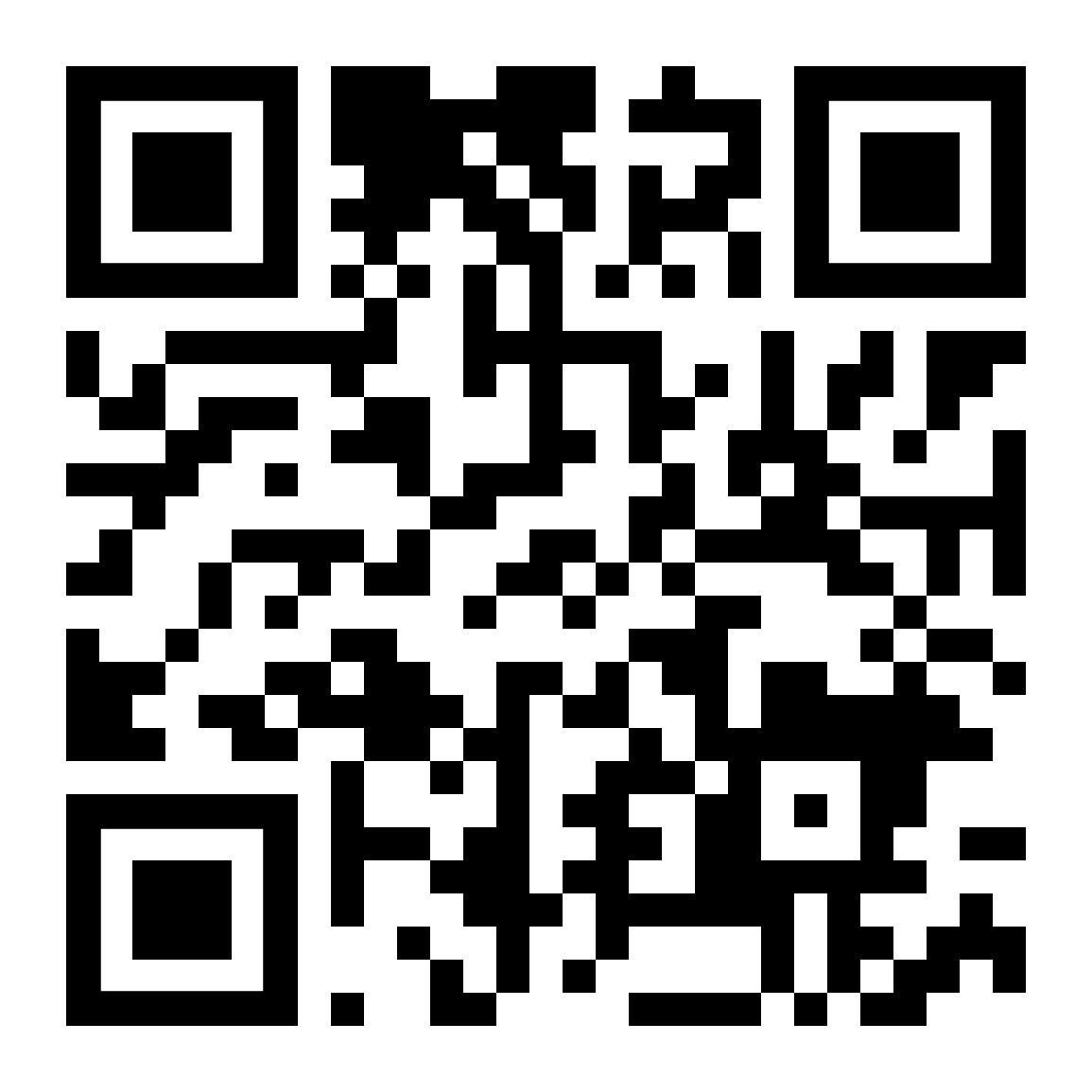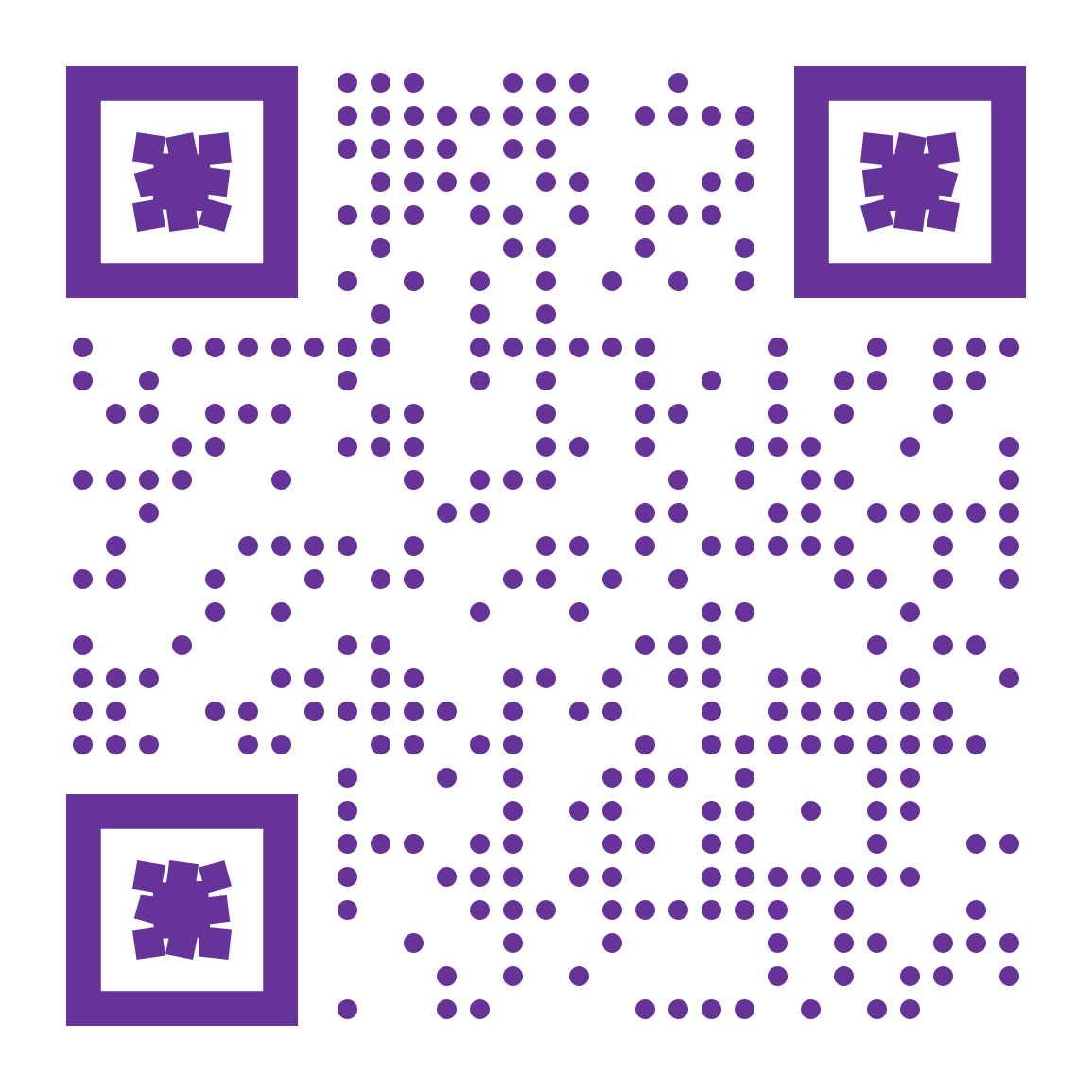Tracking return on investment from print advertising: a comprehensive guide
The outcomes from print advertising can be measured if you have set up your adverts and website so that they can easily track who visited from that print advertising.
Introduction
Print advertising has been a staple of marketing for decades, offering a tangible and effective means to reach your target audience.
However, measuring the return on investment (ROI) from print advertising is a challenge unless you know what to do.
In this article, I will cover these methods for tracking ROI from print advertising:
- Utilising QR codes with UTM tracking parameters
- Utilising unique landing pages (including split testing pages)
- Discount codes
- Phone call tracking
By implementing these strategies, you can gain valuable insights into the performance of your print campaigns and make data-driven decisions to optimise your advertising efforts.
QR Codes and UTM Tracking Parameters
QR (Quick Response) codes are a potent tool for bridging the gap between the offline and online worlds.
They provide an easy way for readers to access more information about your product or service via your website, and, when combined with UTM tracking parameters from the Google URL Builder, they can offer detailed insights into the performance of your print advertising.
Understanding QR Codes
A QR code is a two-dimensional barcode that stores information, such as a website page URL or contact details. When scanned with a mobile device, it directs the user to the encoded content.
You can add a QR code to any of your print advertising. For example:
- Brochure
- Leaflet
- Advert in a magazine or paper
- Letter
A QR code can be simple or more advanced, including using colours, an image, or going further with different shapes and designs. Here are two examples of QR codes but there are many other ways you can present them …


If you scan either of those links with your phone they will take you to just one of the various websites that enable you to create QR codes.
UTM Tracking Parameters
UTM (Urchin Tracking Module) parameters are snippets of text added to the end of a URL to track the source, medium, and campaign associated with a particular link. Google’s URL Builder is free and makes it easy to create custom UTM parameters to add to the url that people click through to after scanning your QR code.
Creating QR Codes with UTM Parameters
One way to track the ROI of your print advertising is to follow these steps:
- Choose a landing page on your website where you want users to land when they scan the QR code on your print advertising.
- Use Google’s URL Builder to create a custom URL with UTM parameters for your print campaign. This allows you to track the source (e.g., “qr_print_ad”), medium (e.g., “local_magazine”), and campaign (e.g., “sept_promo”). For example, if your website landing page was yourpage.com/landing then the full custom url would look like this: https://yourpage.com?utm_source=qr_print_ad&utm_medium=local_magazine&utm_campaign=sept_promo
- Generate a QR code for the custom URL that you built in step 2 above by using a QR code generator tool.
- Test the generated QR code on your mobile phone to ensure it works correctly and takes you through to the website page you chose. Without testing you wouldn’t be the first person to have a QR code included on a printed publication but that doesn’t actually work when scanned!
- Include the QR code on your print materials, such as brochures, flyers, or magazine ads.
Giving people a reason to scan your QR code
The purpose of the QR code is so that you can track how many people went to your website after seeing your printed advertising.
Those people won’t bother scanning it unless there is a very good reason to do so.
This means that you need to tell people (in your advertising) how they will benefit from scanning your QR code.
For example:
Get your 15% off voucher by scanning our QR code.
Or:
Get a free [giveaway] only available by scanning our QR code.
Tracking and Analysing Results
You should now have your printed materials that include your QR code, plus call to action for people to scan it with their mobile phones.
Once the printed materials are distributed and readers start scanning the QR codes, you can track and analyse the results through Google Analytics.
Look for data related to your UTM parameters to gain insights into how effective your print advertising is in driving online traffic.
By comparing the number of scans of your QR code to the outcome from those website visitors, plus the cost of the print advertising, you will be able to decide whether to refine, increase, or decrease that form of print advertising in the future.
If your QR code works and your call to action is strong, plus your website is strong enough to convert visitors to enquiries and sales, but you still don’t get enquiries then you’ll probably not use that same form of print advertising again.
Just because one form of print advertising doesn’t work, doesn’t mean that others would get the same lack of results.
Unique Landing Pages
Although you can track visitors via QR codes, another way to measure return on your print advertising is to send people to a unique website url.
For example: https://yourwebsite.com/localmag
The advantage of this is that, via your website analytics tracking, you will know for sure that only people from your print advertising would go to that unique url.
The disadvantage is that, unless your url is quite short (although you could also use a bit.ly link to shorten it) then people are less likely to type it into their phones/computer.
So many print advertisers invite people to their home page via their website address, but they will have no way of knowing which came from the print advertising and which found the website home page in other ways.
A unique landing page from your print advertising is a strong way of determining if your print advertising is bringing you results.
Best of all would be to give print advertising readers a choice of:
- Type out the unique landing page url, or;
- Scan the QR code (which could take them to either a unique landing page or another page that’s tracked via utm parameters).
Why unique landing pages are important
Whatever you are promoting in your print advertising is unlikely to be well-matched to an existing website page you have, and certainly not your home page.
Whether your print advertising reader scans a QR code or types out a url you’ve supplied them, you want them to go to a page where they can find out more and take action, and that page needs to be a natural follow-on from the advert they’ve read.
That website page needs to speak to them in this language:
- I know you’ve seen our advert and have come through to this page.
- Now I’m going to build on what you saw in the advert and ensure that you get everything you need from this landing page.
- Having impressed you, please do opt into what we offer if it’s right for you.
It may be that you already have a website page that you adapt from time to time – for example, you may have a winter offer that you promote in your print advertising, taking people to your /winter page. That’s fine to do but even better if you add utm parameters to the url within a QR code, so that you know that you’re getting visitors from the current print campaign and not visits from a previous campaign that went to that same landing page.
Split testing landing pages
However people get to your website from your print advertising, you have the choice of split testing the pages they land on.
You could do this either one campaign after another, or within the same print advertising campaign.
Here’s how it works within the same print advertising campaign:
- Create two different landing pages that will be referenced within your print advertising. Each landing page will have different imagery, different text, and more. You want to know which page works the best.
- Create different landing page urls/QR codes/phone numbers.
- Add those calls to action on two variations of your print advertising.
- Monitor the enquiries that you receive and work out which landing page had the stronger percentage of enquiries.
- Then use the strongest landing page and create another variation ready to test on a future print advertising campaign in the same way.
By continually split testing and refining landing pages you will get to the point where one variation is more successful than the others (although never discount the idea of trying something else to see if it can improve conversion rates).
Discount codes
It’s a well-used strategy, but by including unique discount codes in your print materials then you will know what impact the print advertising had.
This means that you have a unique discount code used for each form of advertising that you do.
Obviously, you would have a process in place that ensures that any enquiries are recorded, including if the enquirer quoted a discount code.
This means that, by tracking the usage of these discount codes, you can directly measure the conversions and revenue generated from your print advertising.
Something to watch out for here though, is to watch out for discounts that aren’t generous enough. Just because your 5 or 10% discount code didn’t get people making contact doesn’t mean that print was not a good promotional tool for you – it probably just means that people are looking for a higher percentage off what you’re selling.
Phone Call Tracking
Never use your main work number on your print advertising because there’s no way to know where the enquirer came from.
They could have seen your phone number on your website, in print advertising, an online directory, and more.
You can (at very low costs) buy/rent an individual dedicated phone number for your print campaign, which forwards to your main business line. Those numbers can also often be recognisable as local to your area, rather than a number that people may think is national or premium rate.
That unique tracking number will automatically identify the number of calls received through the unique number, which you can compare to the cost and effectiveness of your print materials.
Where this sometimes gets interesting is when you have a print advertising campaign that includes a combination of contact methods such as:
- Phone.
- Scan a QR code.
- Go to a unique website page.
Over a period of time you will be able to measure which call to action got the stronger results from your print advertising campaign.
Conclusion
Pick up some print advertising and look at the adverts.
Ask yourself how some of those advertisers are going to truly know whether or not their print advertising works for them.
Tracking return on investment from print advertising is now easier than ever by using the methods outlined on this page.
All you need is:
- A strong unique landing page on your website, designed to convert print advertising readers to enquiries.
- As many methods as you can to track what gained you each enquiry. These include:
- QR codes with UTM tracking parameters.
- Unique urls that could only come from the print advertising.
- Discount codes.
- Phone calls tracking.
If, after implementing all that, you still don’t feel you’re getting results from some forms of print advertising, then you would have done everything possible to prove it.